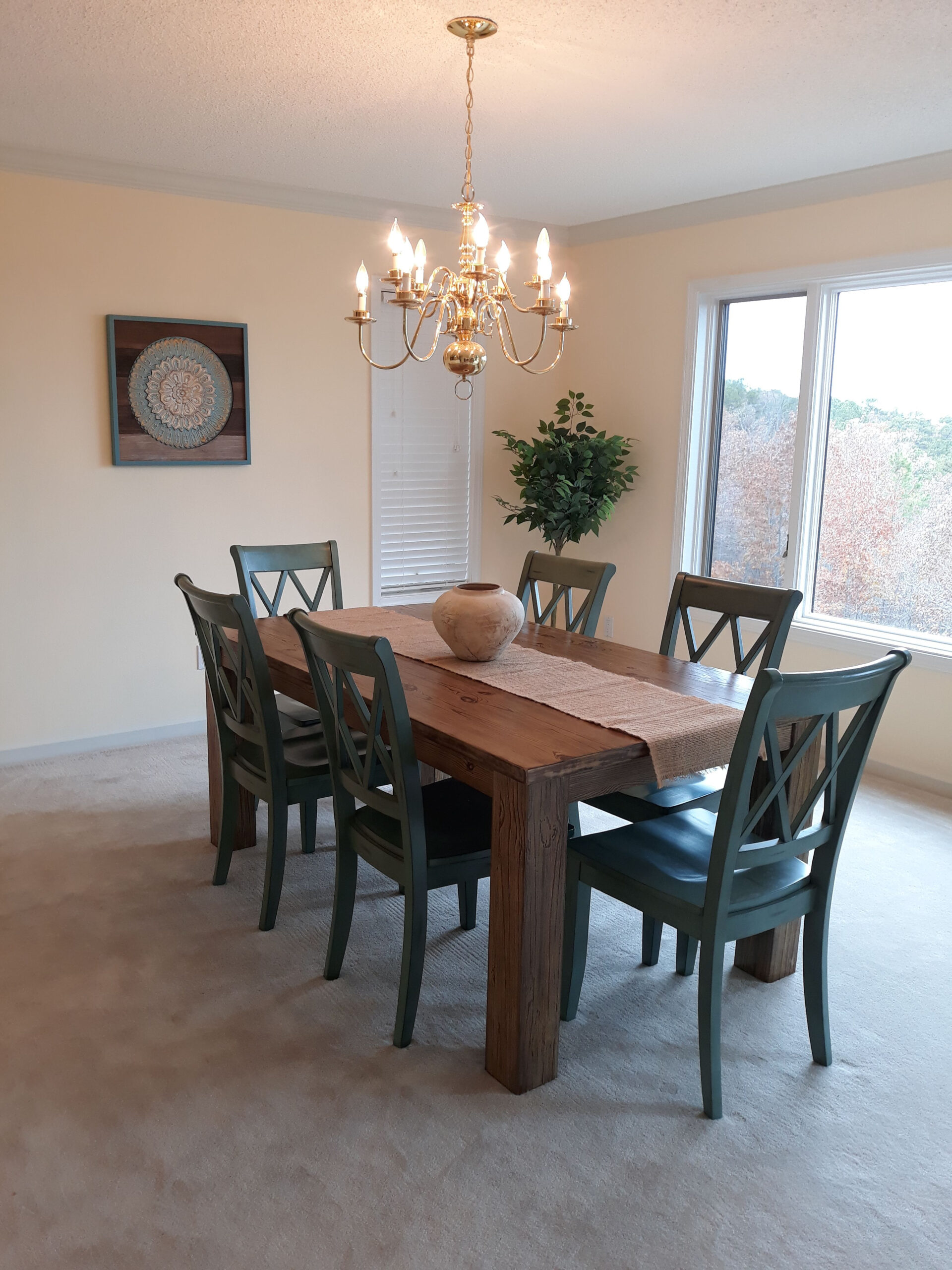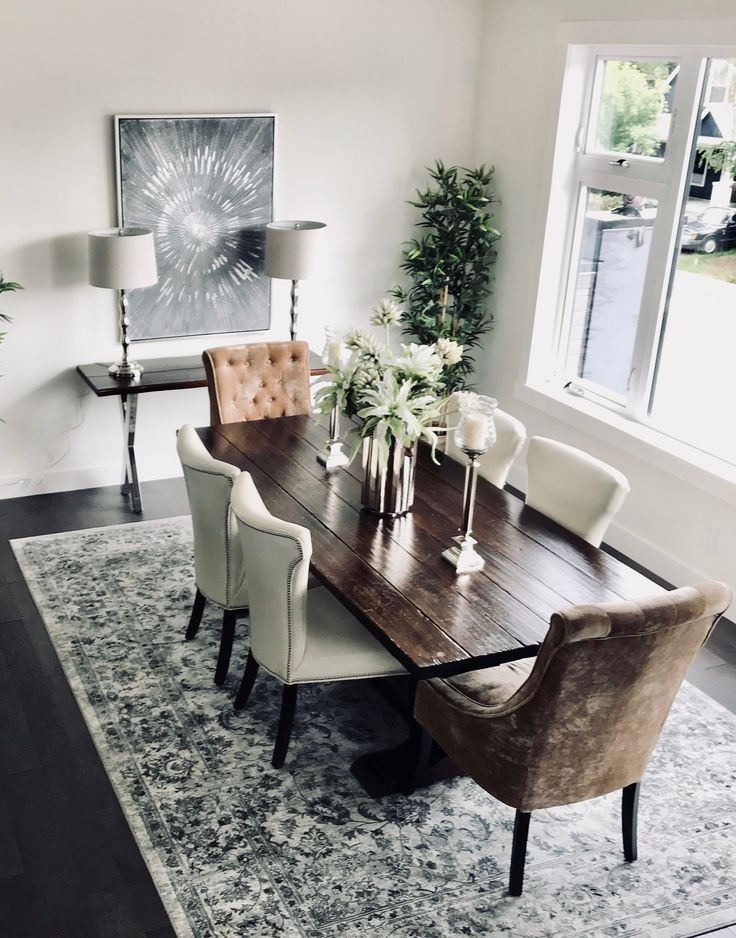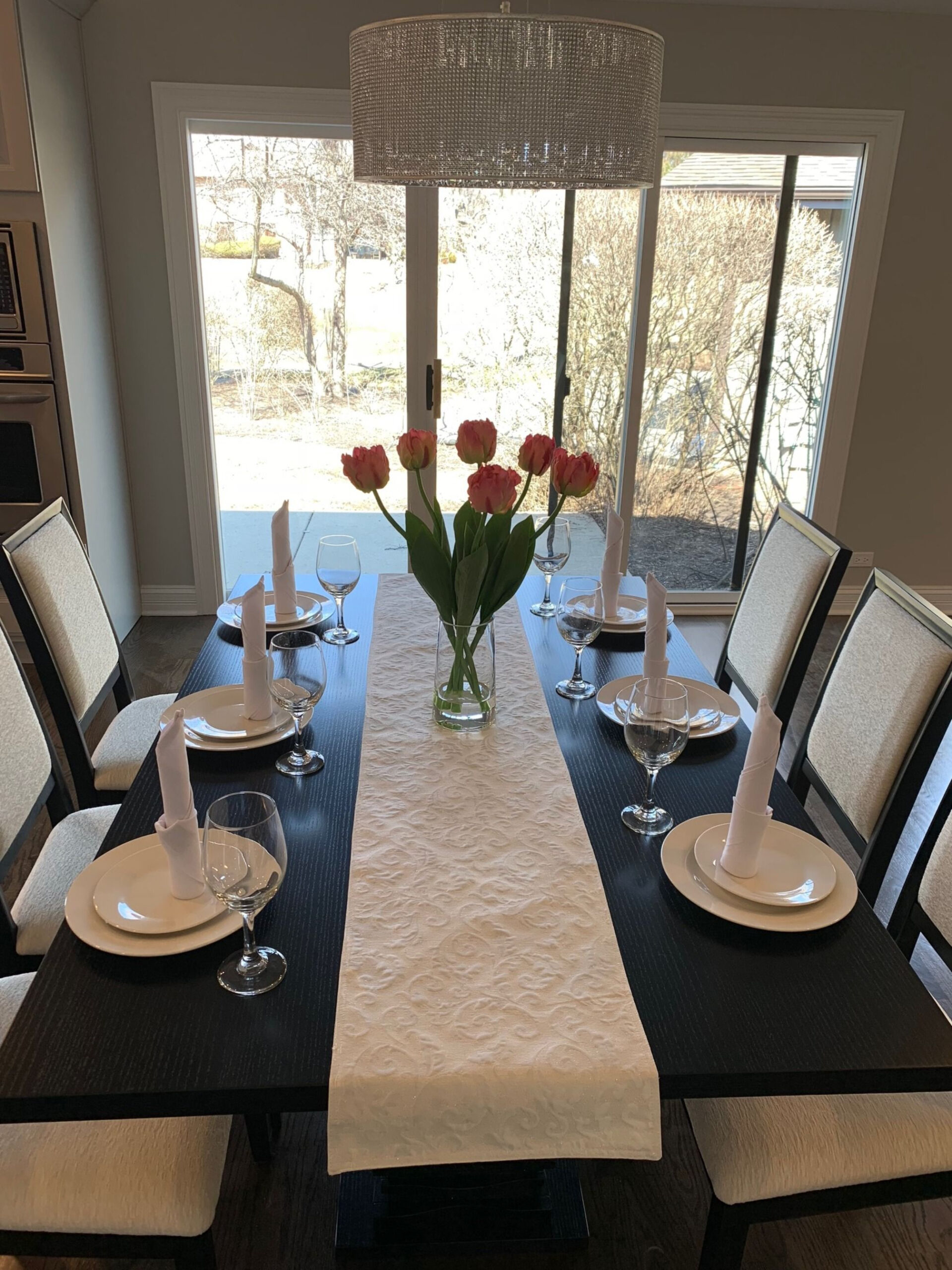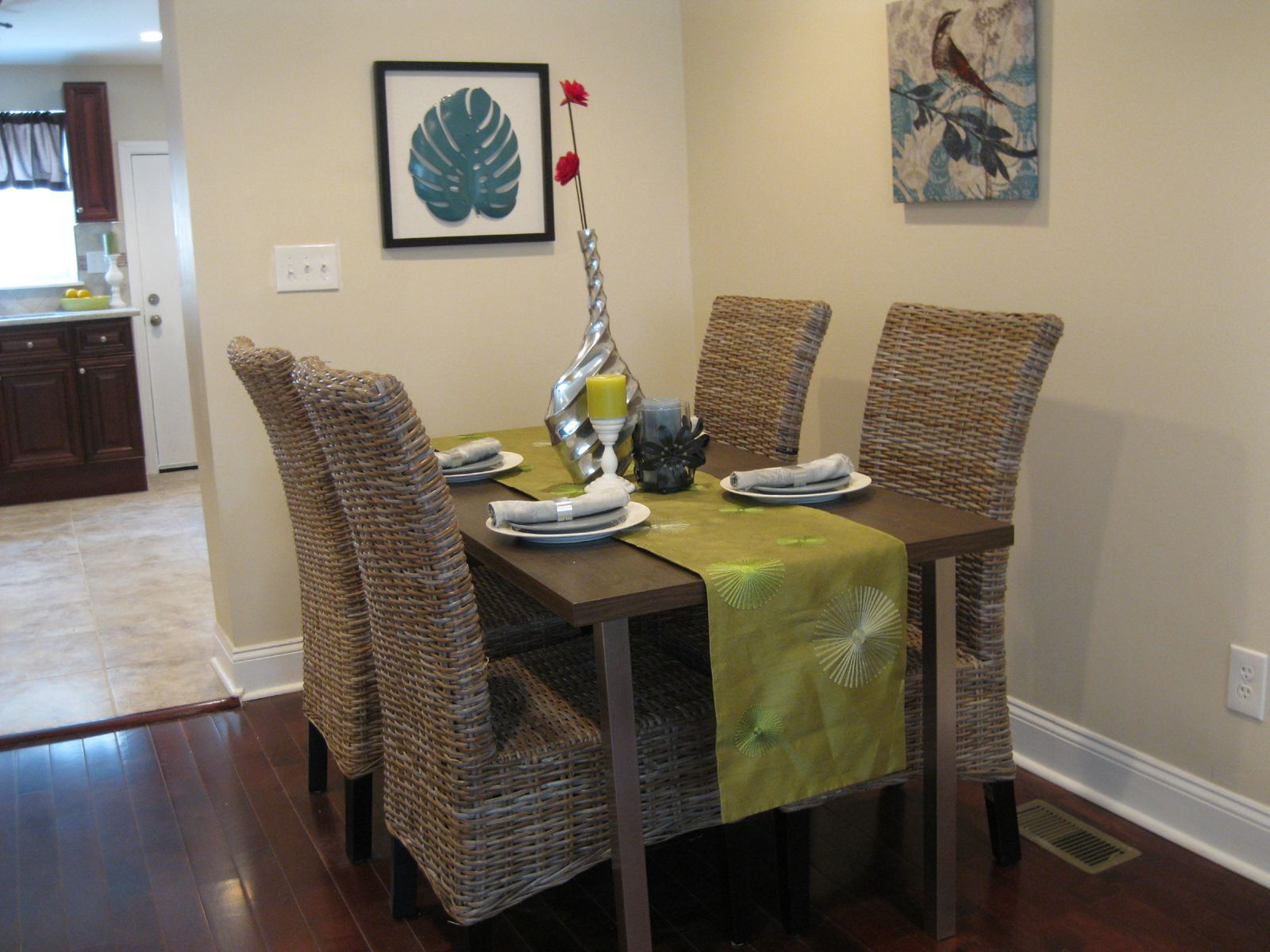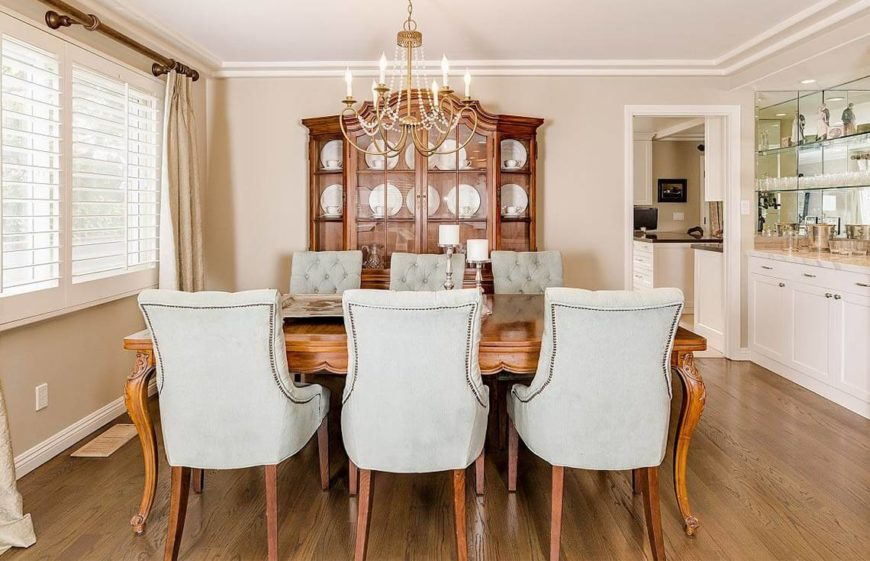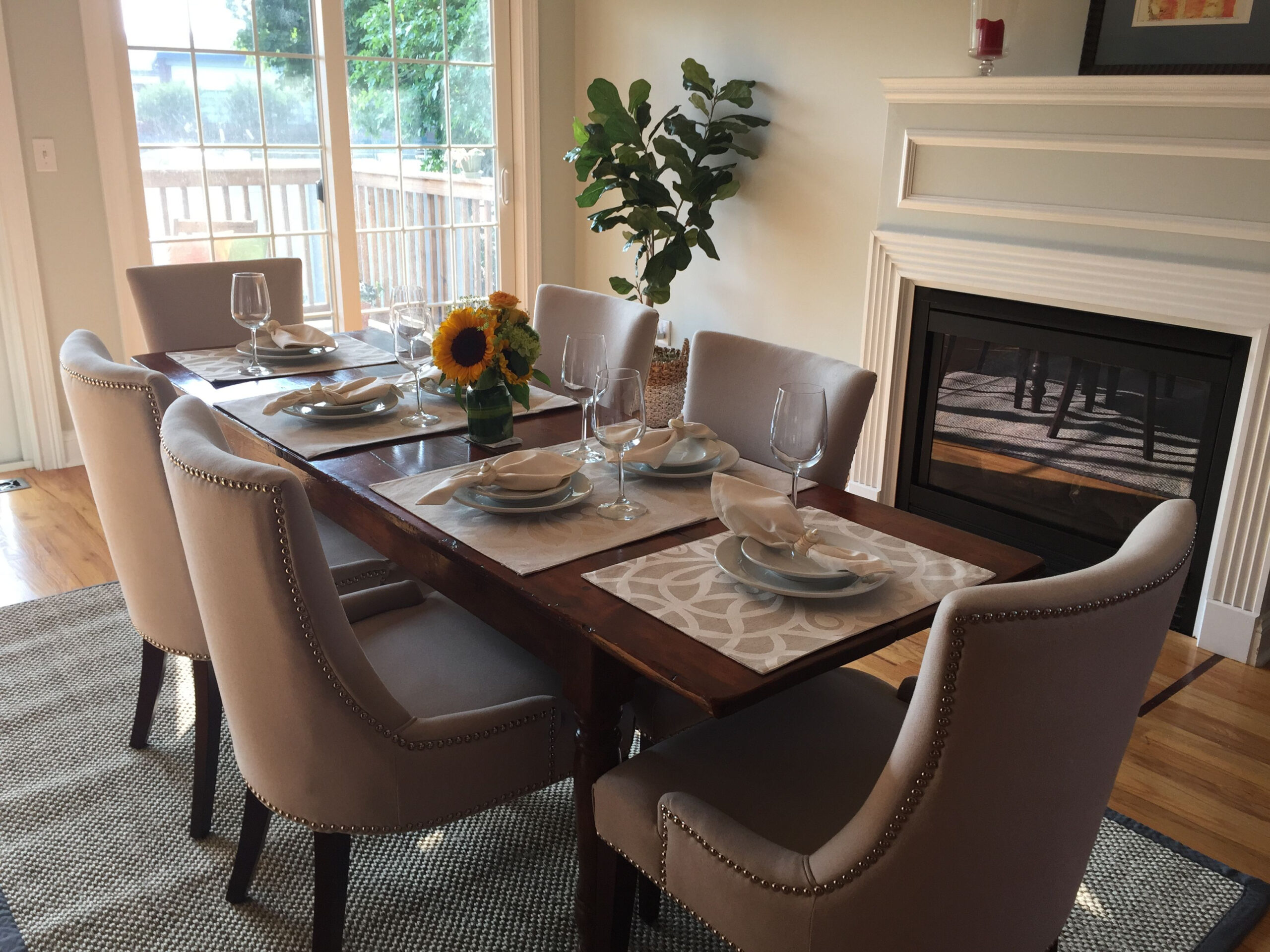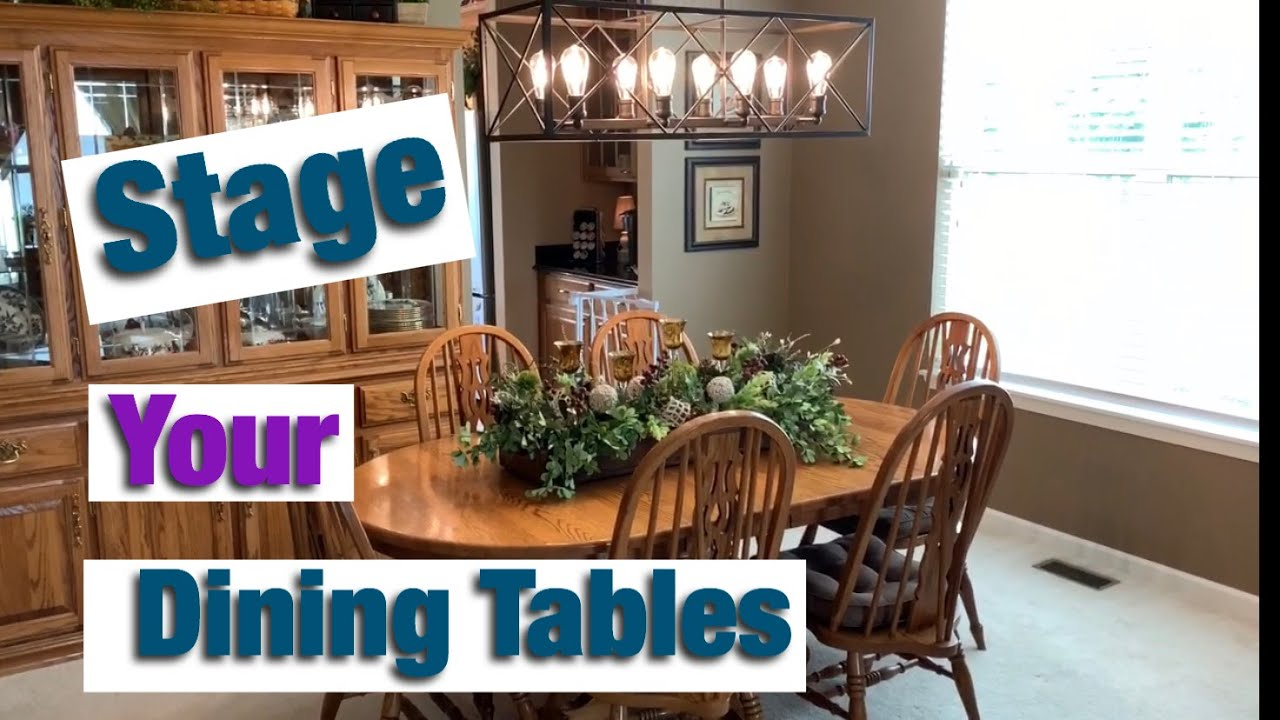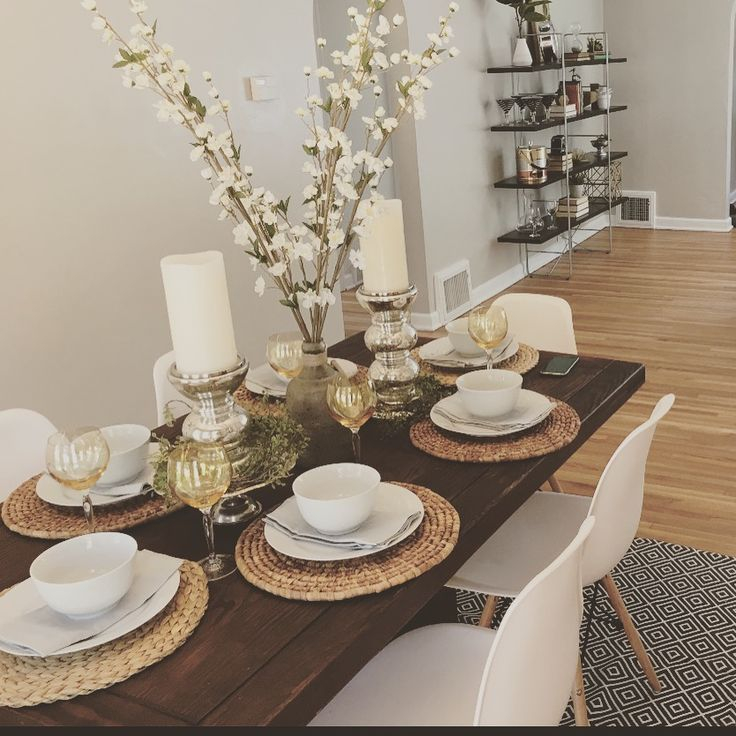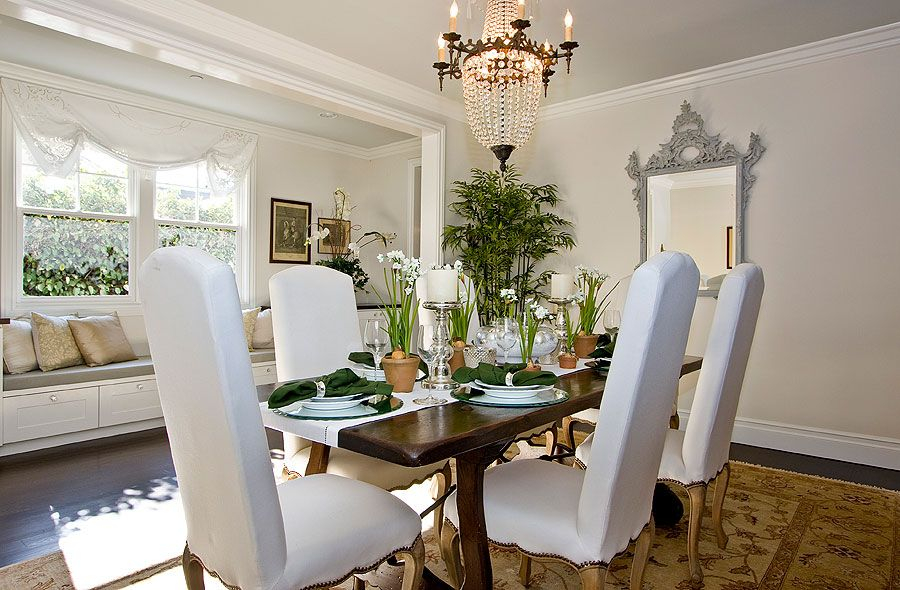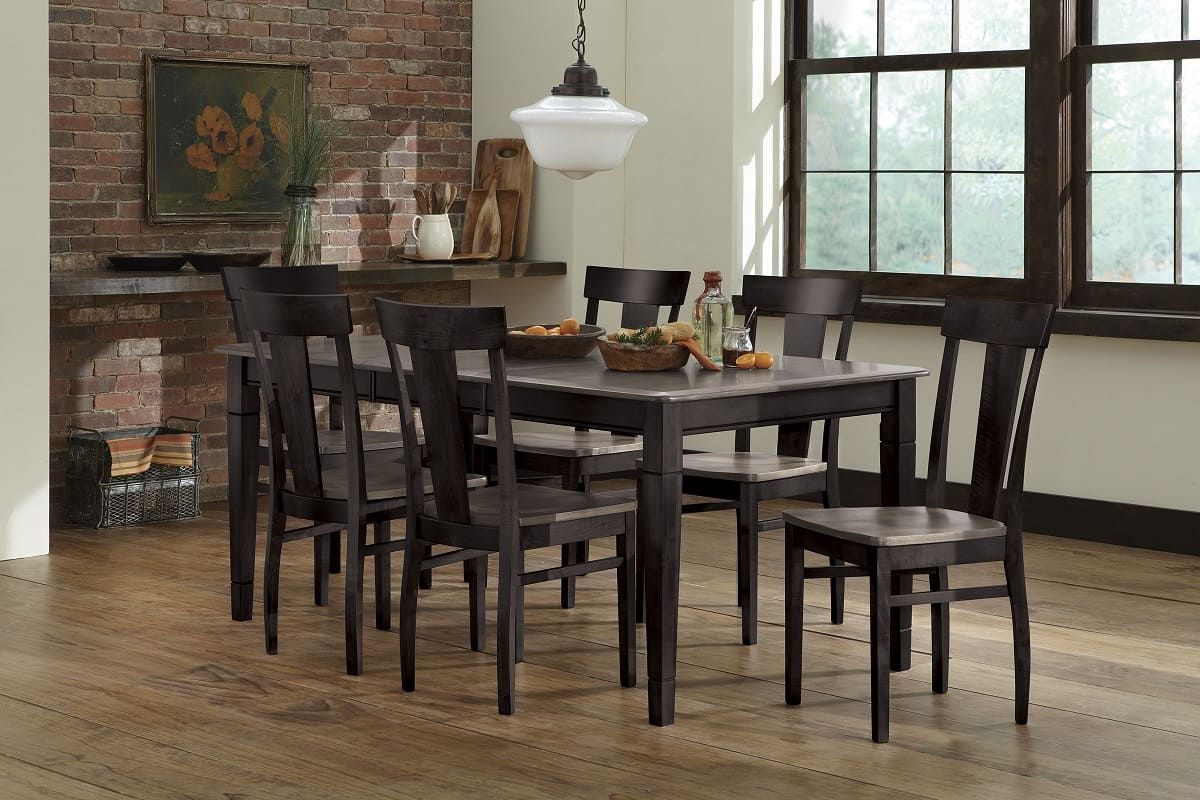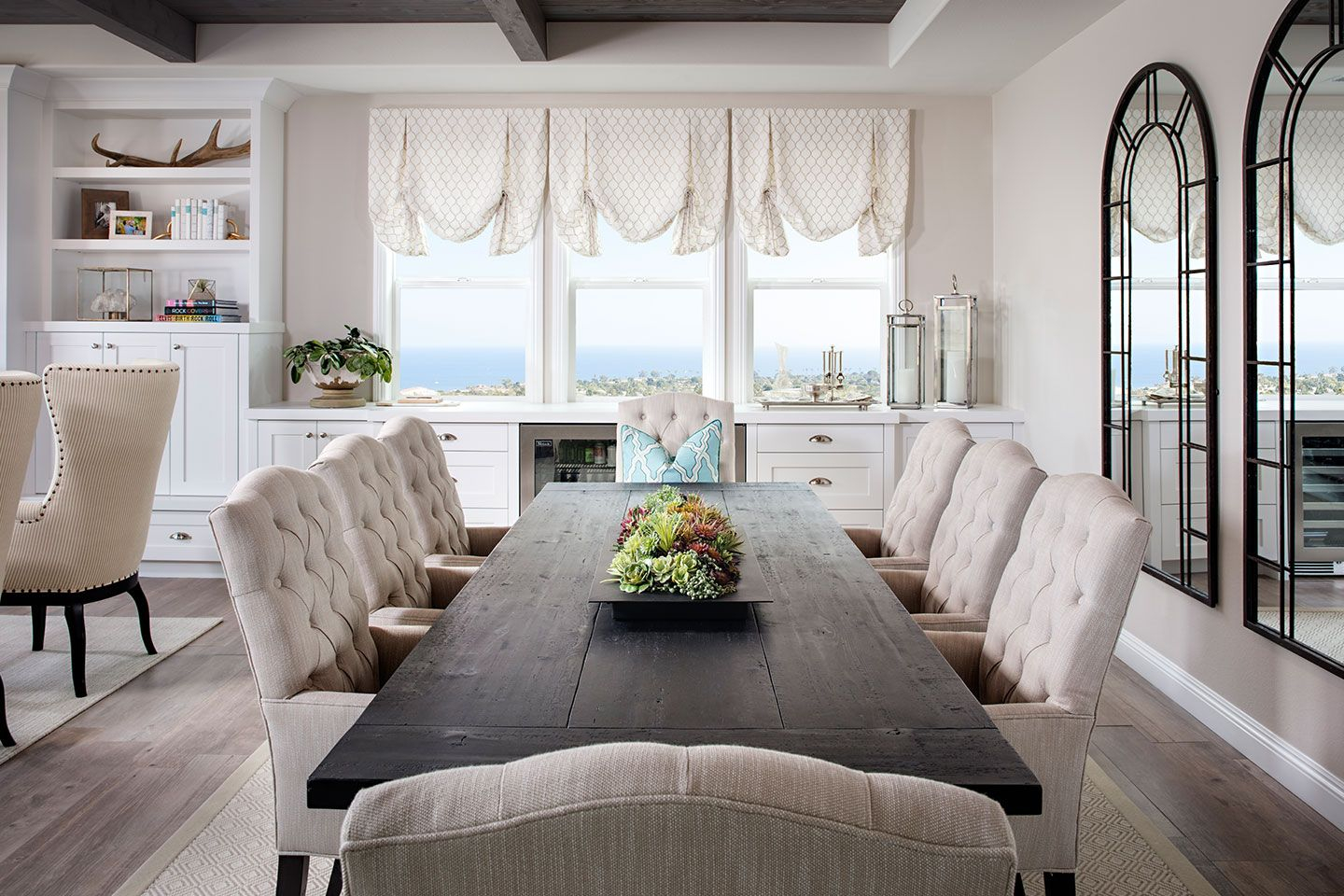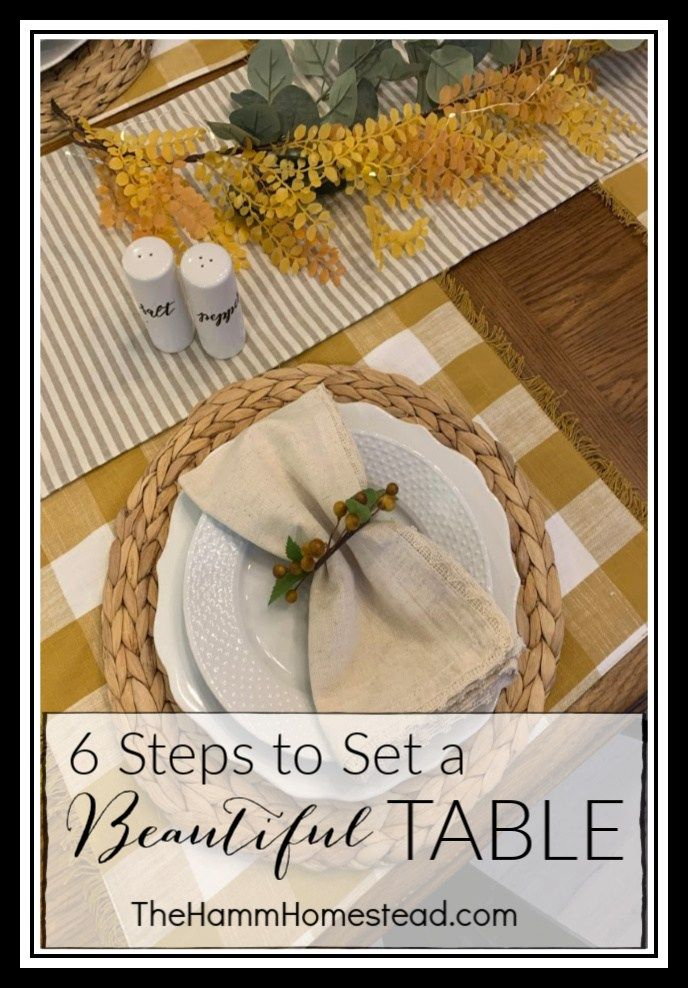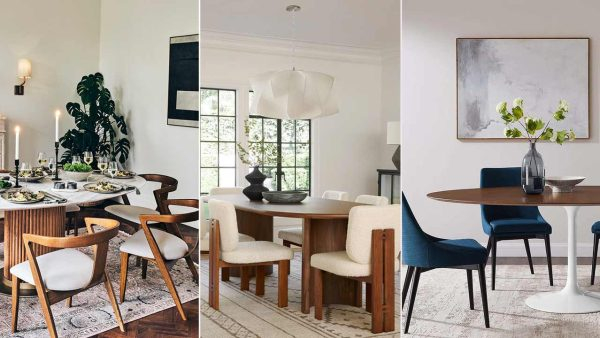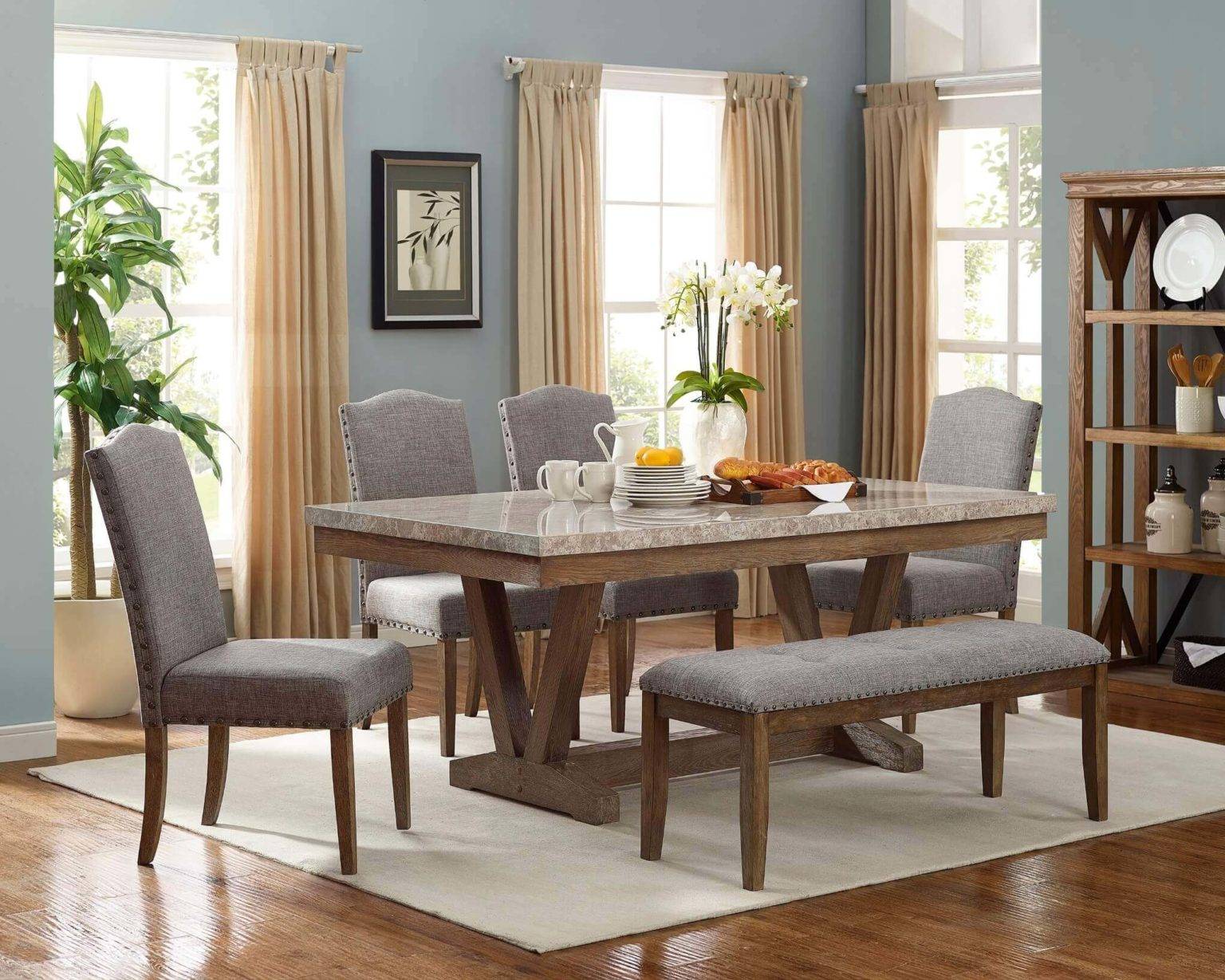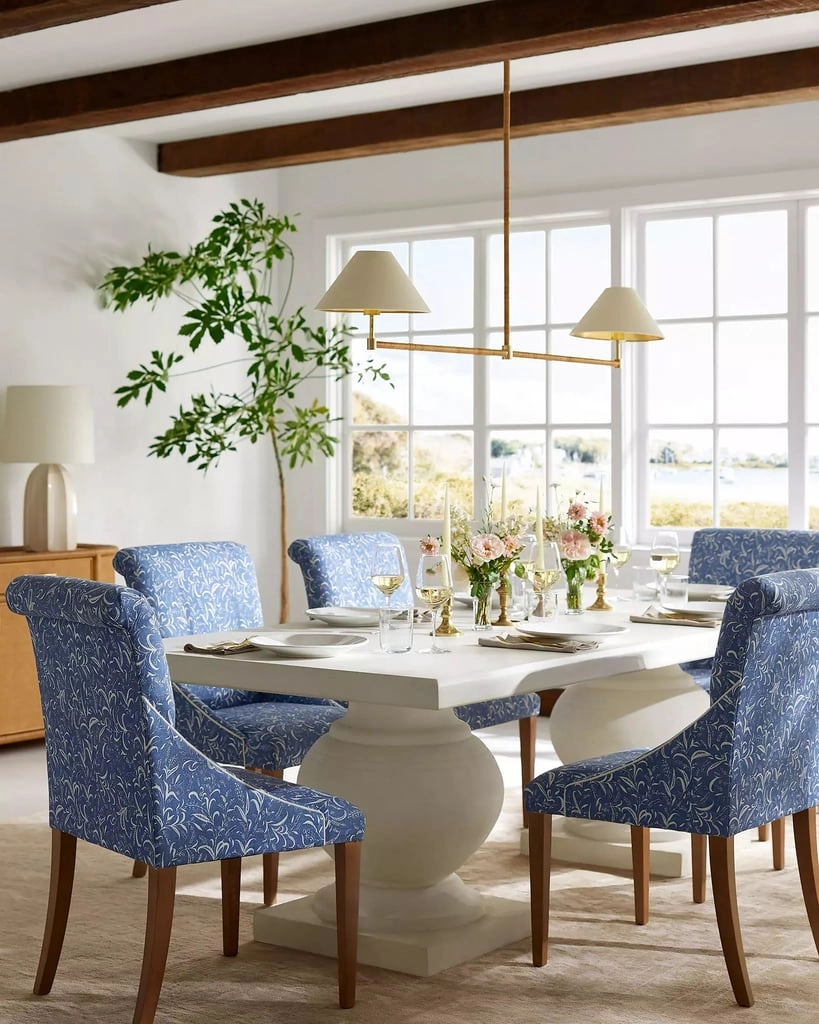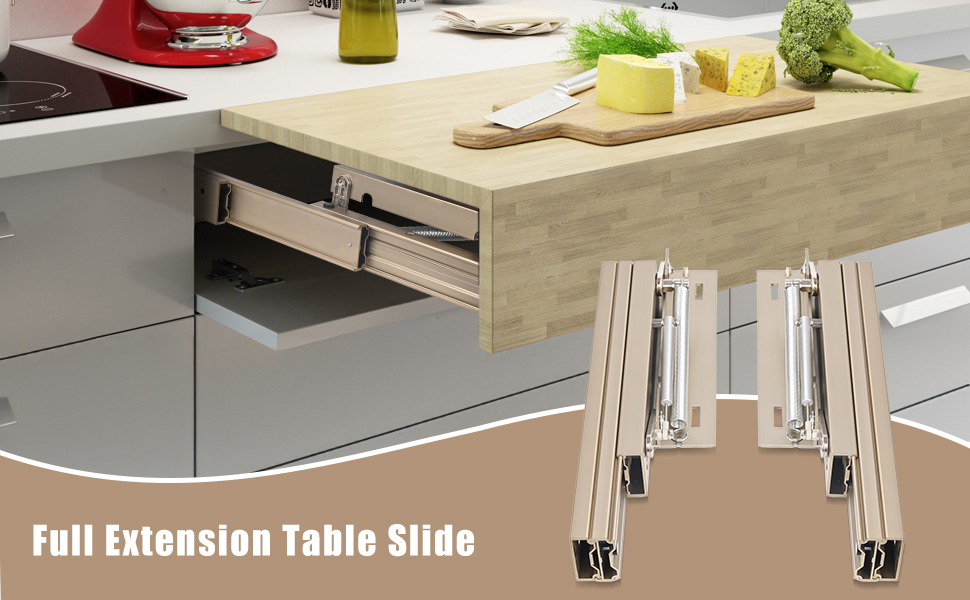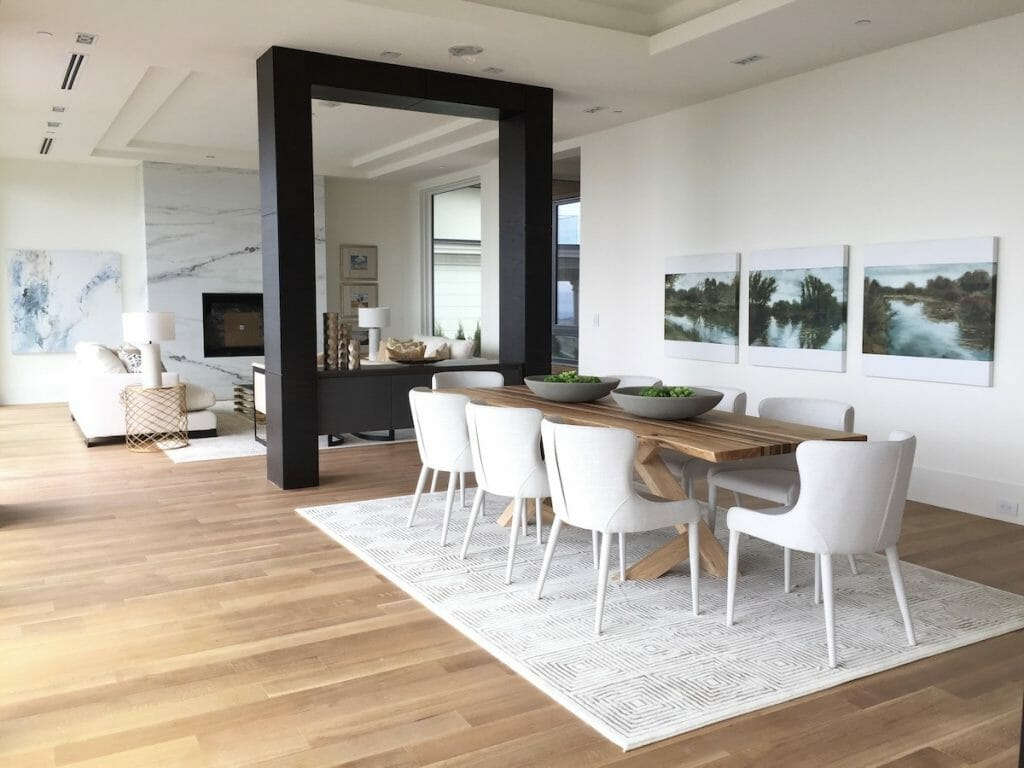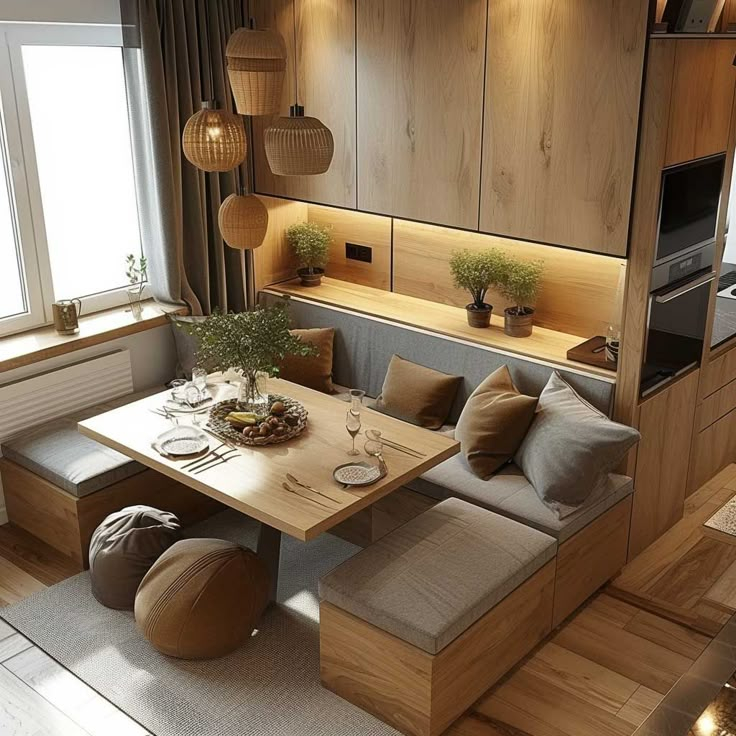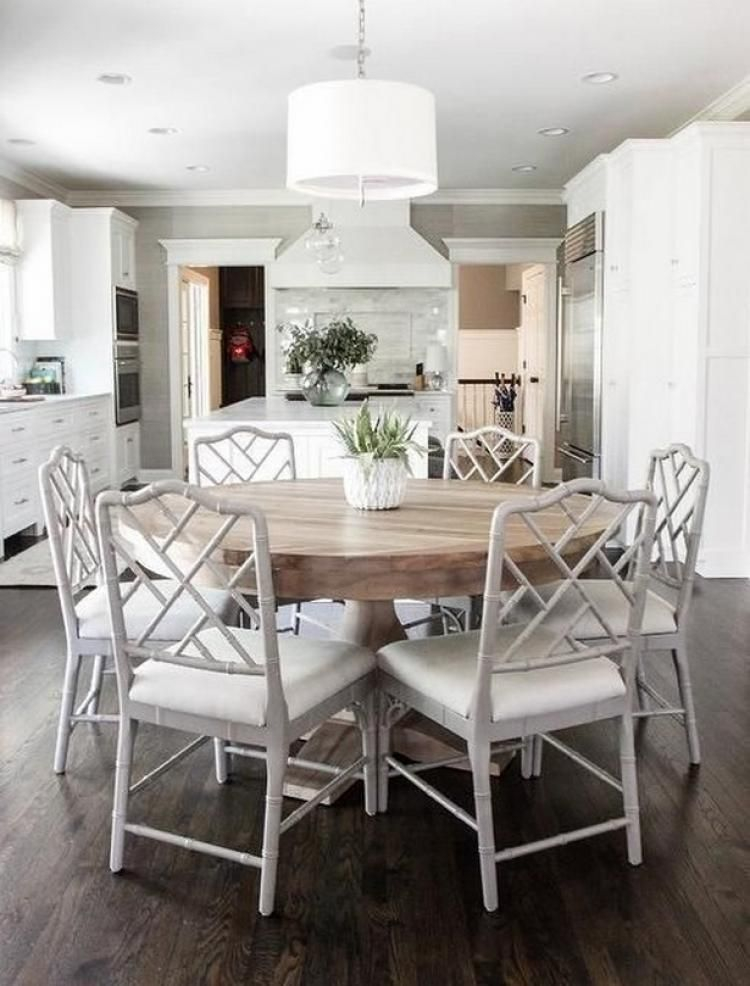Think about it. Where do family stories unfold? Where are celebrations marked and everyday moments shared? Often, it’s around the dining room table. Selecting the right one isn’t just about picking furniture; it’s about curating an atmosphere, a place where connection happens. This guide will help you navigate the choices to find a table that truly brings your loved ones together.
The dining room table is more than just a surface for your meals; it’s the anchor of your dining space and, for many, the heart of the home. It’s where laughter echoes, homework gets done, and important conversations take place. Choosing the right table can feel a bit daunting, with so many shapes, sizes, and materials out there. But don’t worry. By considering a few key factors, you can find a table that not only suits your needs but also enhances the warmth and invitation of your dining area. Let’s dive in and make your dining room a space everyone wants to gather in.
Size Matters: Finding the Right Fit
First things first: how big a table do you need? This is probably the most crucial decision. You don’t want a table that overwhelms your room or one that feels cramped when you have guests. Measure your dining space carefully. Think about how many people you typically seat on a regular basis, and then consider how many you’d like to accommodate for special occasions. A good rule of thumb is to allow about 24-30 inches of space per person. Also, ensure there’s enough clearance around the table – at least 36 inches is ideal for comfortable movement, and 48 inches is even better if you can manage it. This means you can pull out chairs and walk around without bumping into things. It’s all about creating a practical and pleasant flow.
Shape Up: Rectangular, Round, or Oval?
The shape of your table can dramatically influence the feel of your dining room and how people interact. Rectangular tables are the most traditional and versatile, fitting well into most dining room layouts. They offer ample surface area and can usually seat more people. Round tables, on the other hand, foster a more intimate and conversational atmosphere. Everyone can see each other easily, making it feel more inclusive. Oval tables offer a nice compromise, providing the smooth lines of a round table with a bit more length for seating. Consider the shape of your room, too. A long, narrow room might suit a rectangular table best, while a square room could be perfect for a round or square table. Think about how you want people to connect.
Material World: Durability and Style
The material of your dining table plays a big role in its look, feel, and how much upkeep it requires. Wood, like oak, walnut, or maple, is a classic choice, offering warmth and durability. Solid wood tables can last for generations if cared for properly. However, they can be prone to scratches and water rings, so a good sealant is a must. For a more modern or low-maintenance option, consider glass. Glass tables can make a space feel larger and brighter, but they show fingerprints and smudges easily. Stone or marble-topped tables exude luxury and are quite durable, but they are heavy and can be expensive. Laminate or veneer tables offer a budget-friendly way to get the look of wood without the same maintenance concerns. It’s a balance between aesthetics, cost, and how much wear and tear you expect.
Style Harmony: Complementing Your Decor
Your dining table should harmonize with the overall style of your home. Are you going for a modern, minimalist look? A sleek table with clean lines and perhaps a metal or glass base might be perfect. For a more traditional or rustic vibe, a sturdy, solid wood table with a natural finish or some carved details would fit right in. Farmhouse style often calls for distressed wood or painted finishes. Consider your existing furniture, wall colors, and flooring. The table should feel like a natural extension of your decor, not an outlier. Don’t be afraid to mix and match, but aim for a cohesive feel. Sometimes, a single statement table can be the focal point that ties everything together.
Functionality First: Beyond Just Dining
Let’s be real – dining tables often serve multiple purposes. Do you envision it as a place for family game nights, a craft station for the kids, or even a temporary work desk? If so, durability and ease of cleaning become even more important. A table with a tough finish or one that can withstand a bit of abuse might be a better choice than a delicate antique. Consider extendable tables too. These are fantastic for maximizing space. They can be compact for everyday use and then expanded to accommodate extra guests when needed. This flexibility is invaluable, especially if you don’t have a dedicated dining room or if you entertain frequently.
Comfort and Cohesion: Chairs and Placement
Once you’ve chosen your table, don’t forget the chairs. The chairs should be comfortable for sitting for extended periods, and their height should be appropriate for the table. Aim for about a 10-12 inch difference between the seat height of the chair and the tabletop. Also, consider how the chairs look with the table. Do they complement the style and material? You don’t always need matching chairs, but they should feel cohesive. Finally, think about the placement of the table within the room. Ensure it’s centered or positioned in a way that feels balanced and allows for easy access. A well-placed table, surrounded by comfortable chairs, truly completes the inviting space.
Selecting a dining room table is a significant decision, but it doesn’t have to be overwhelming. By carefully considering the size, shape, material, and style that best suit your space and lifestyle, you can find a table that becomes the cherished centerpiece of your home. It’s more than just furniture; it’s a foundation for creating lasting memories and fostering meaningful connections. So, take your time, measure twice, and choose a table that will welcome your family and friends for years to come. Happy gathering.

